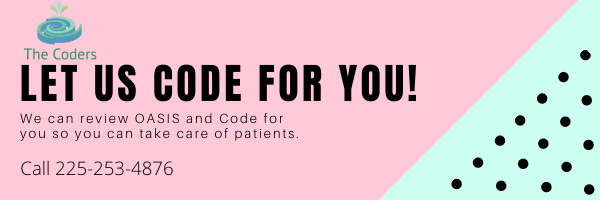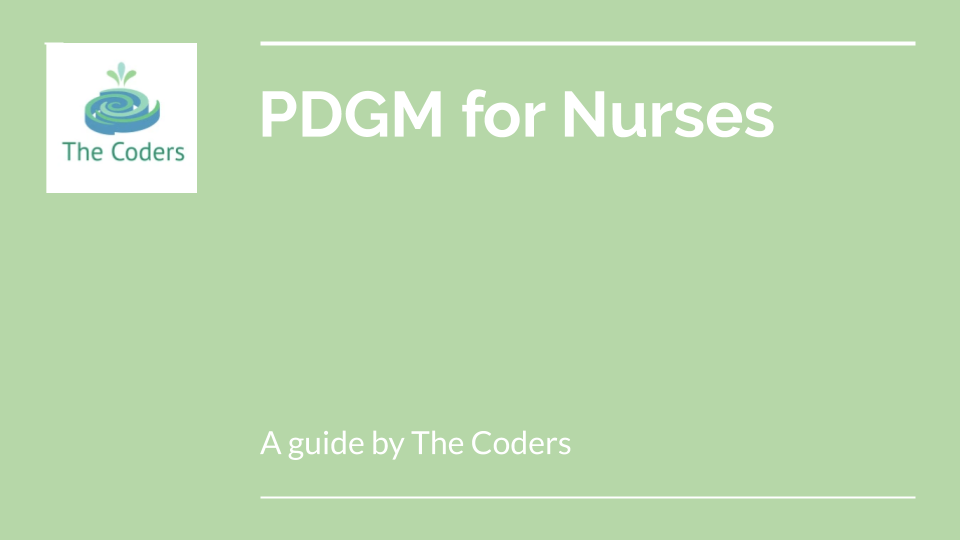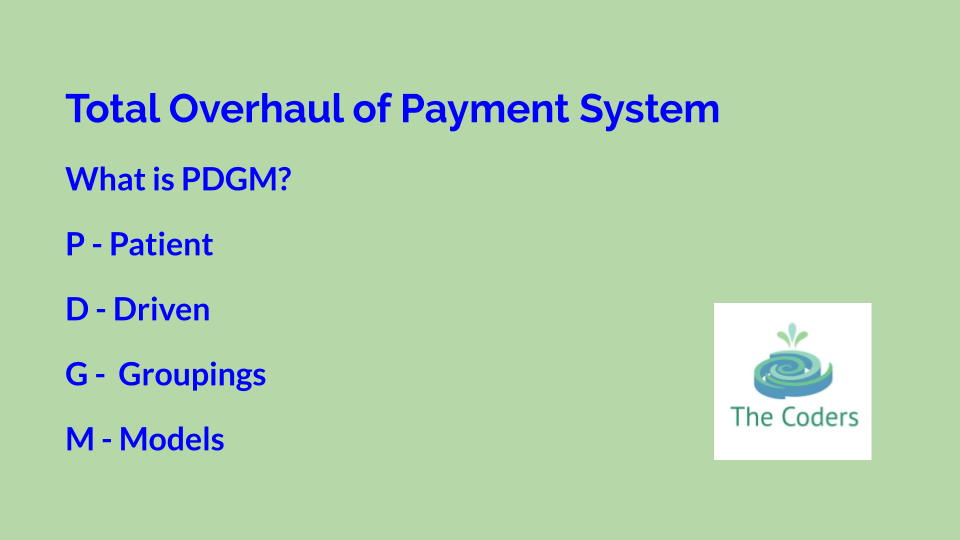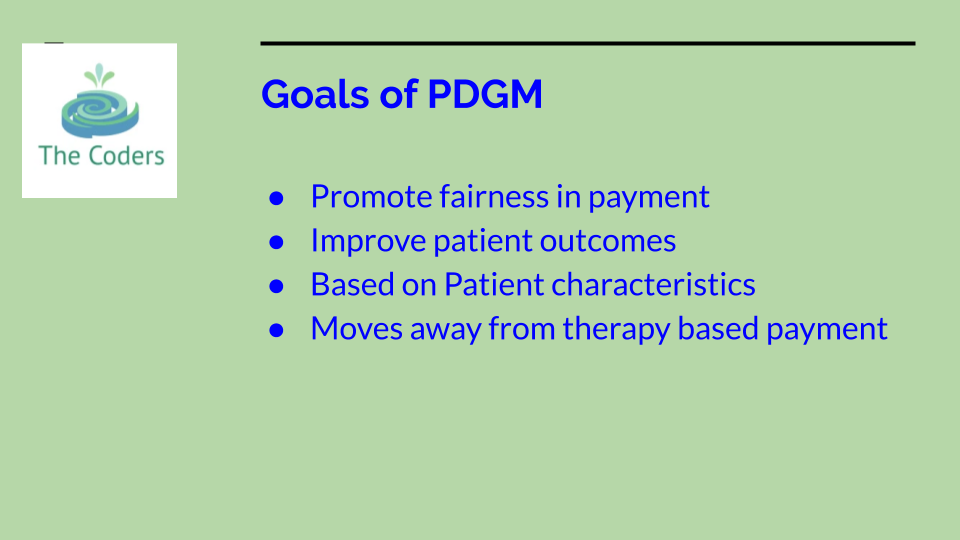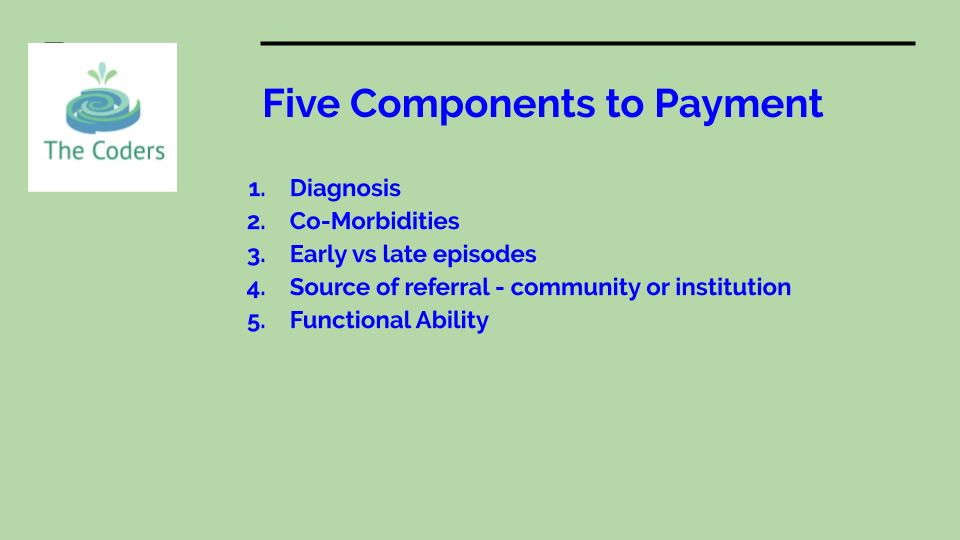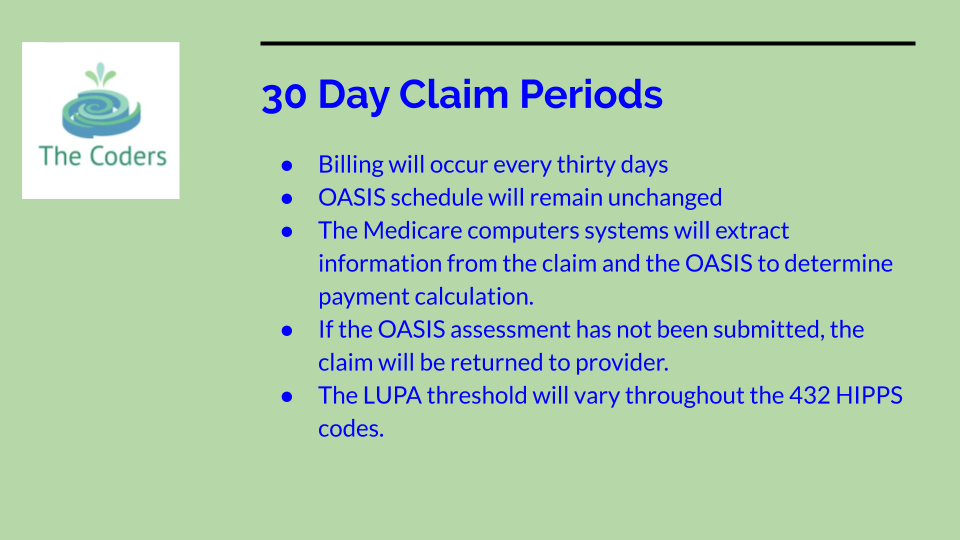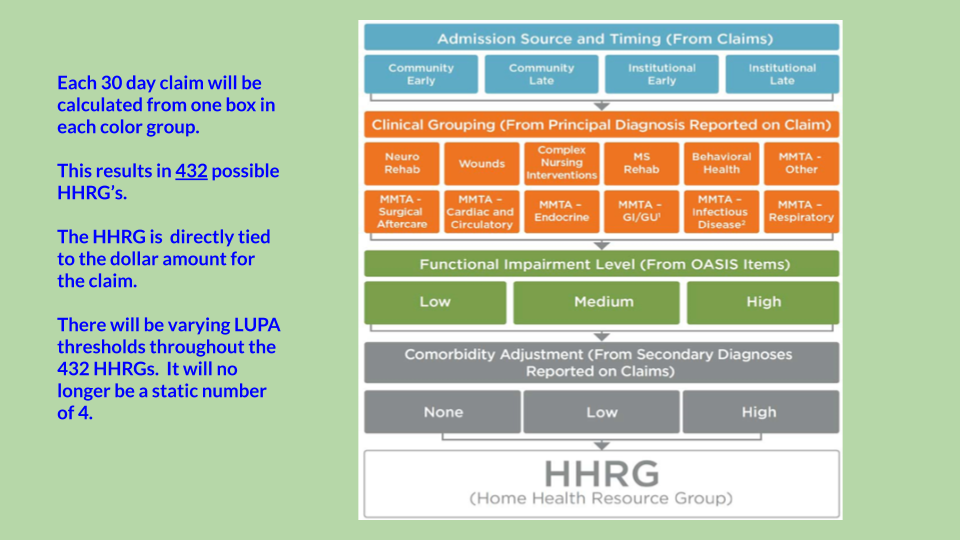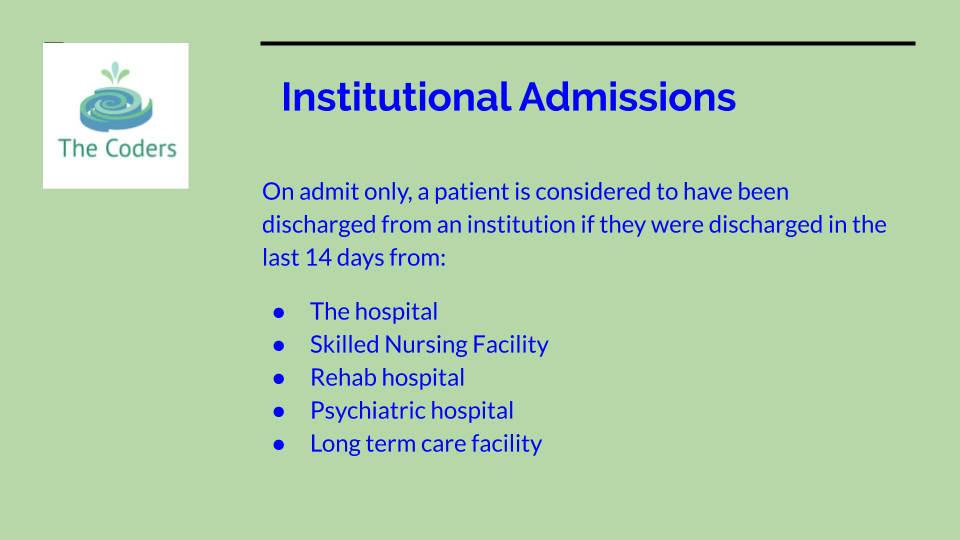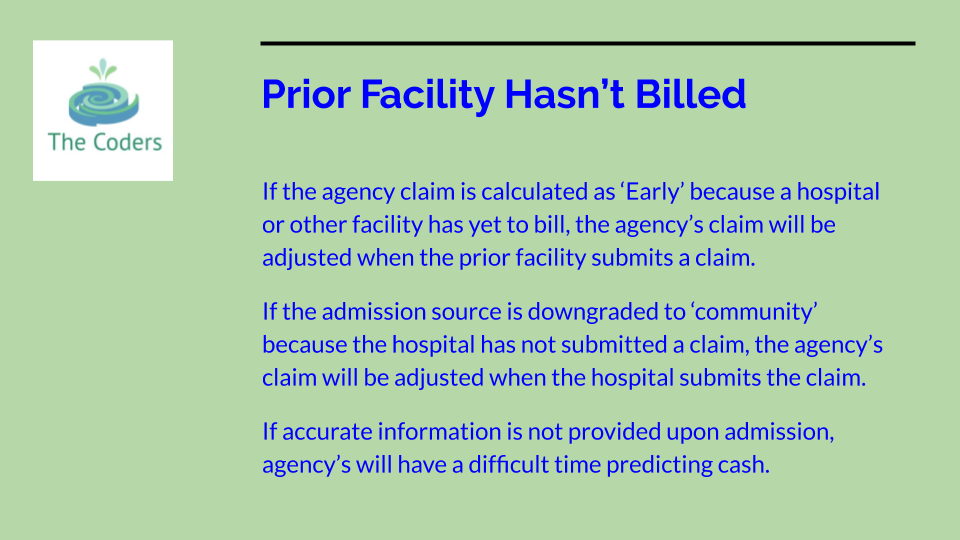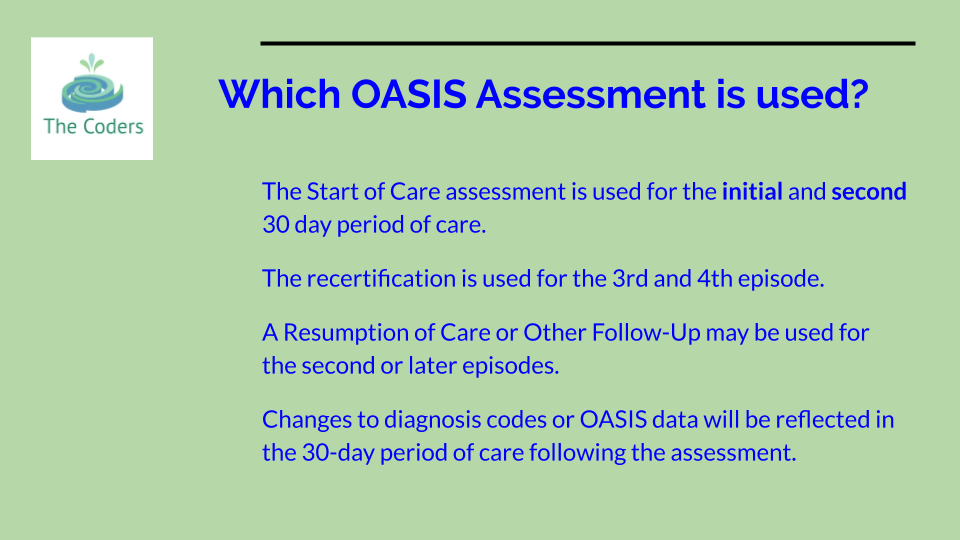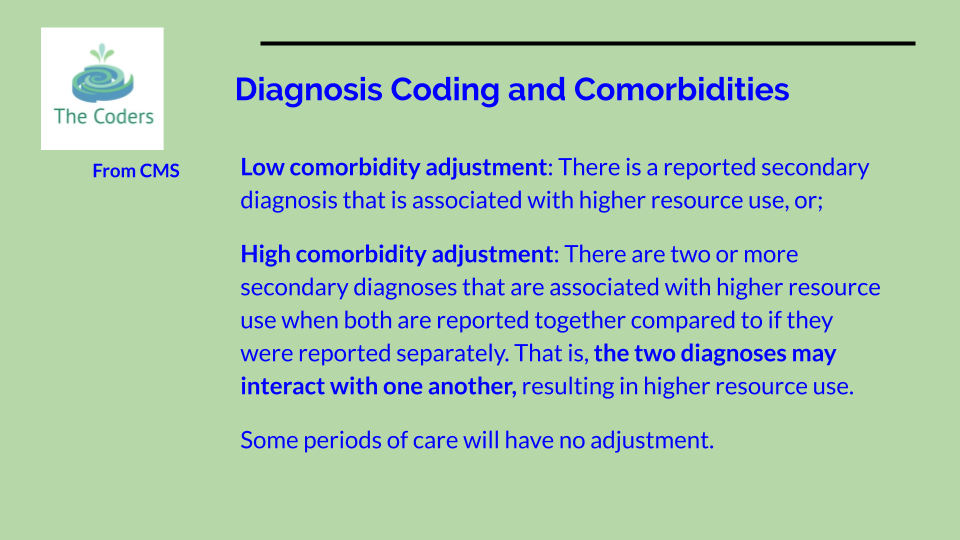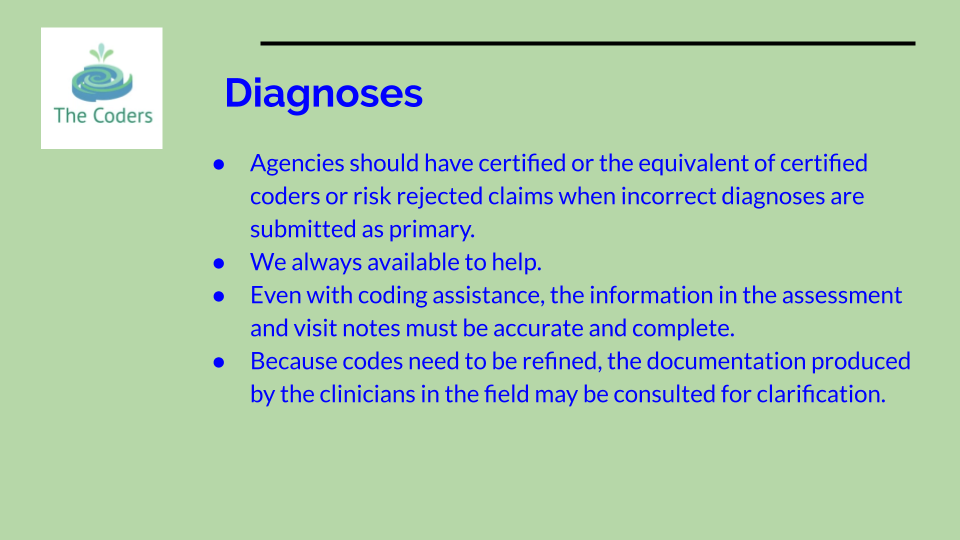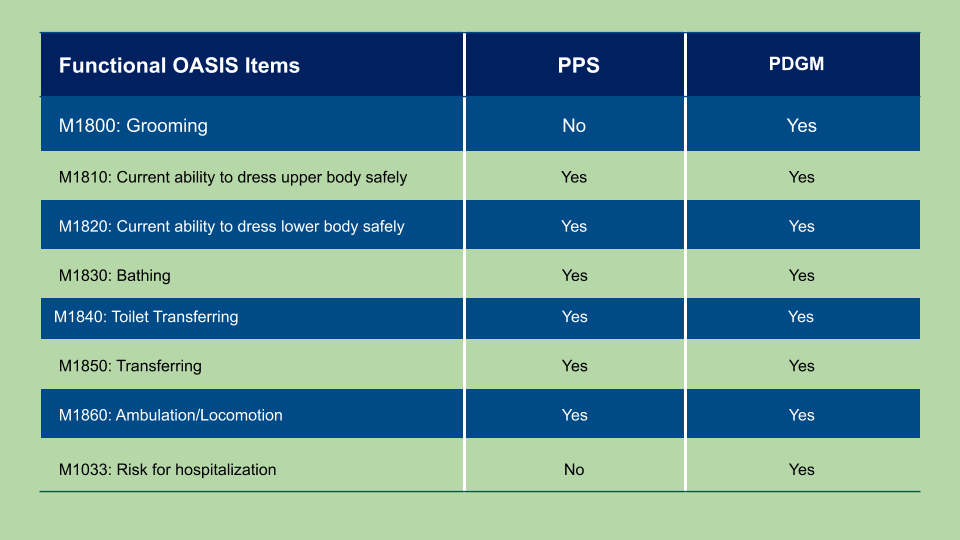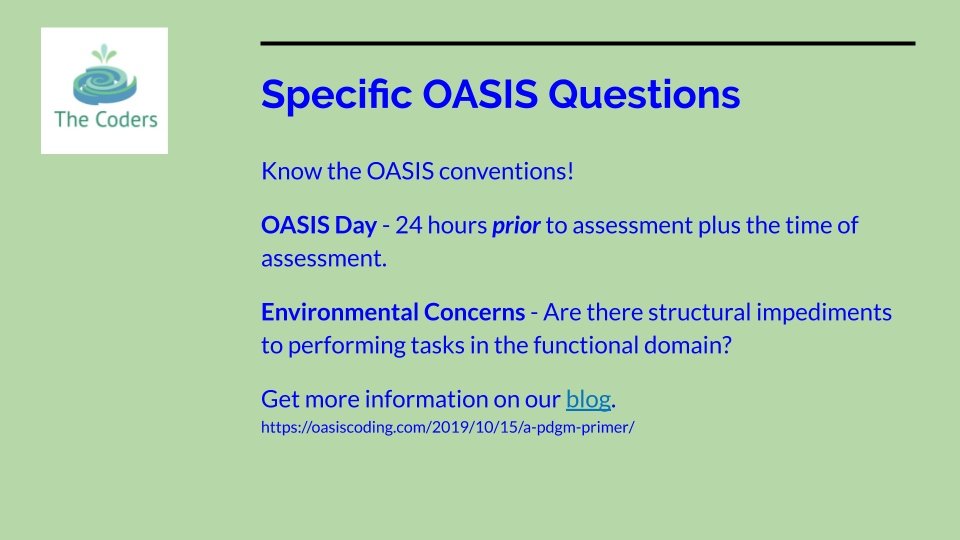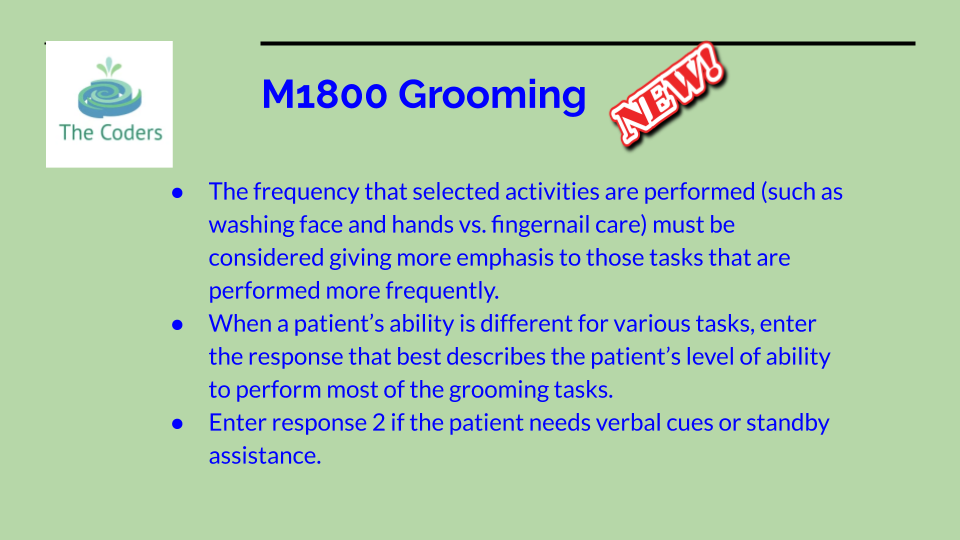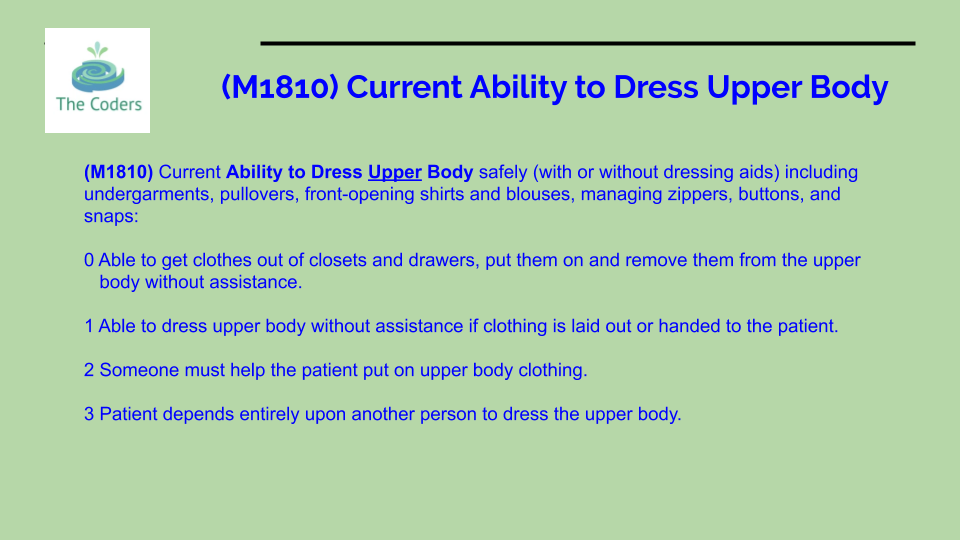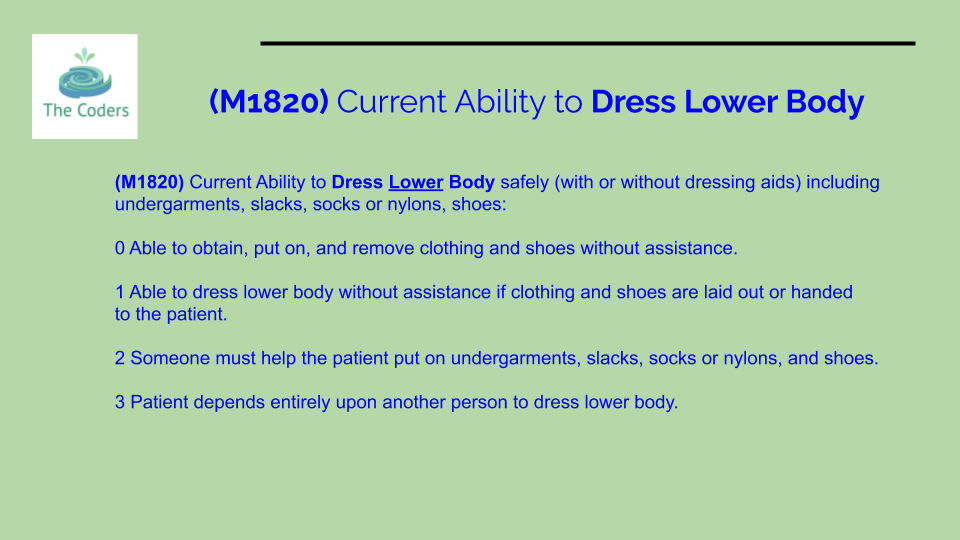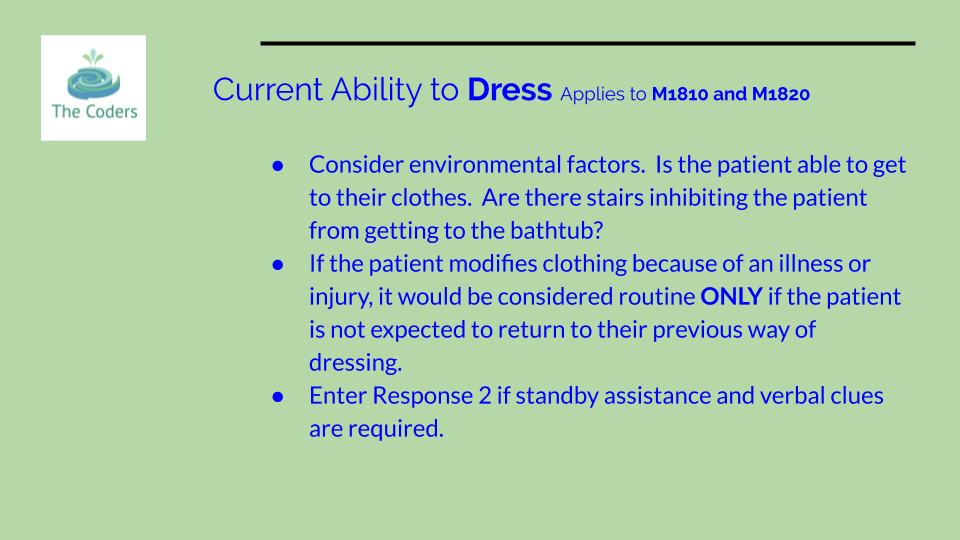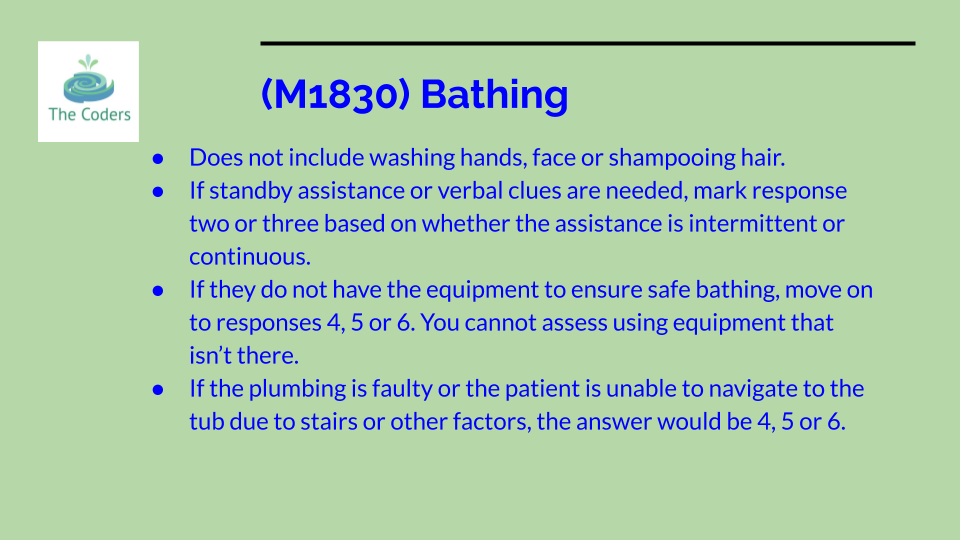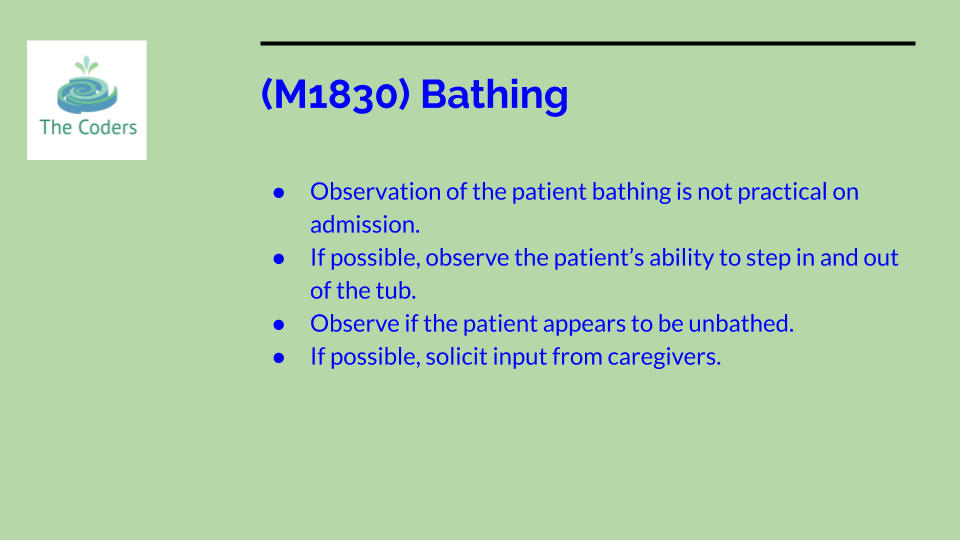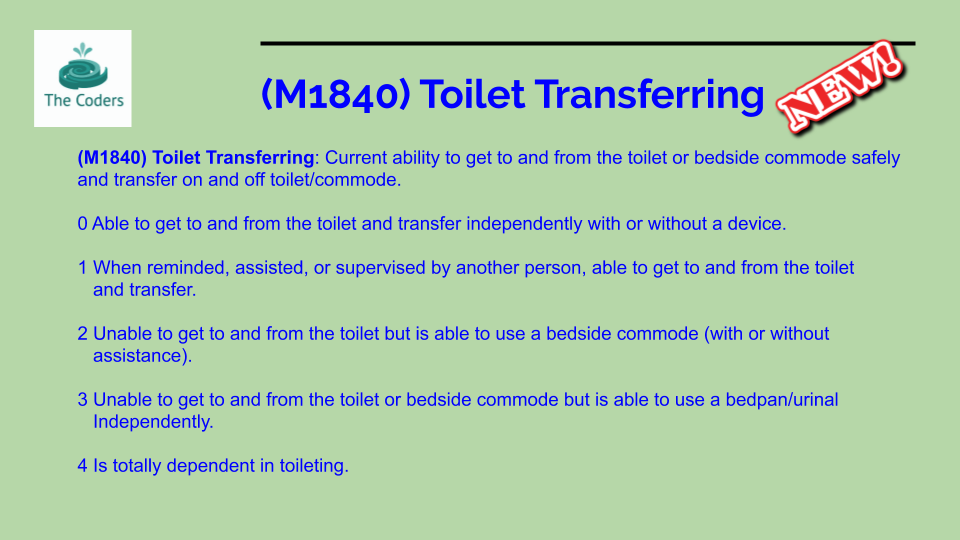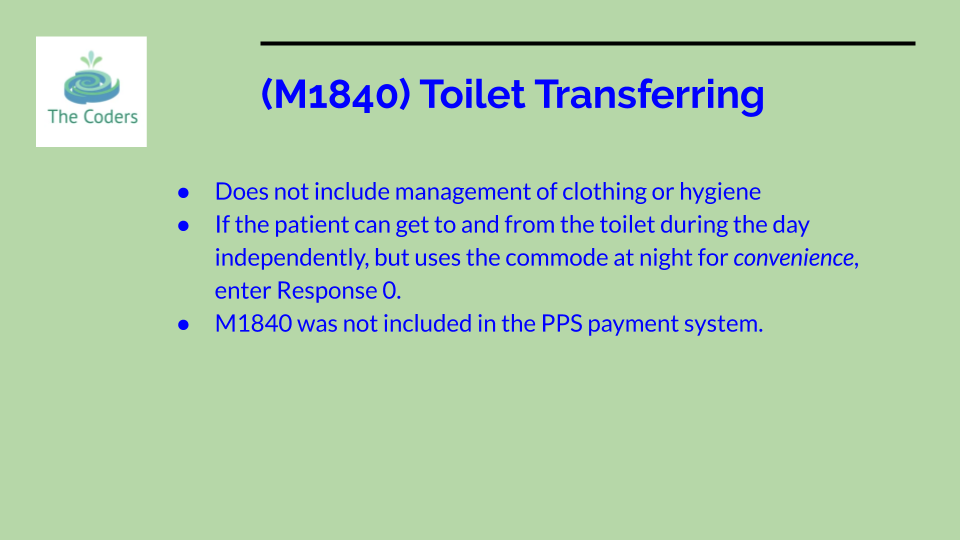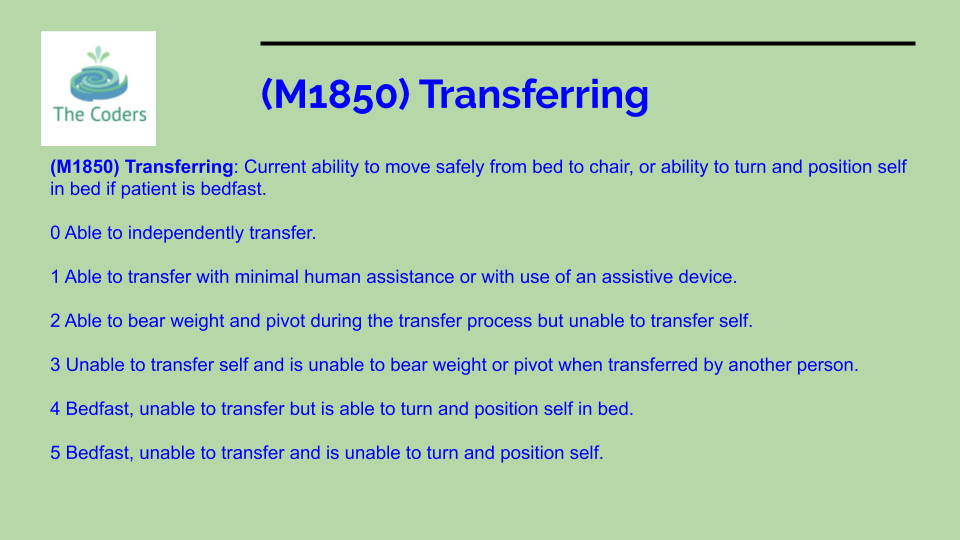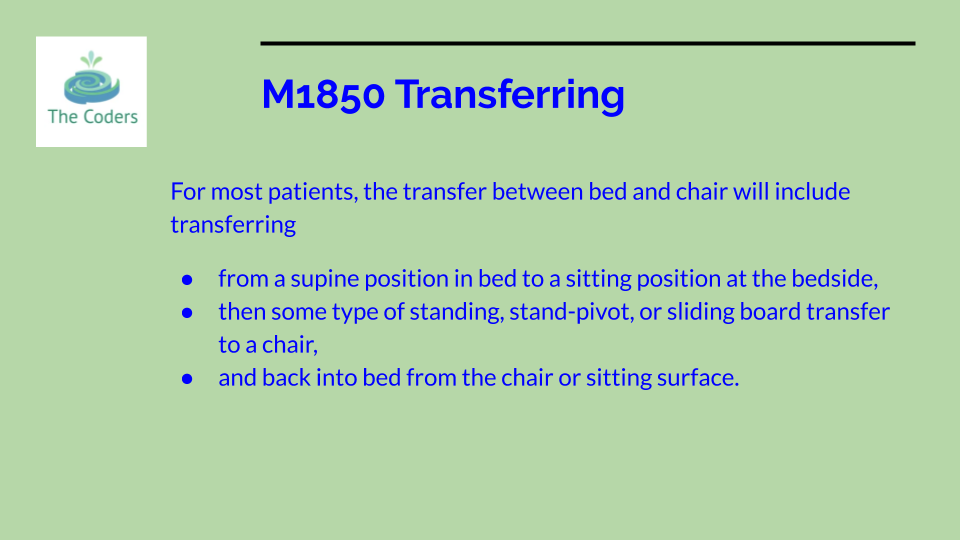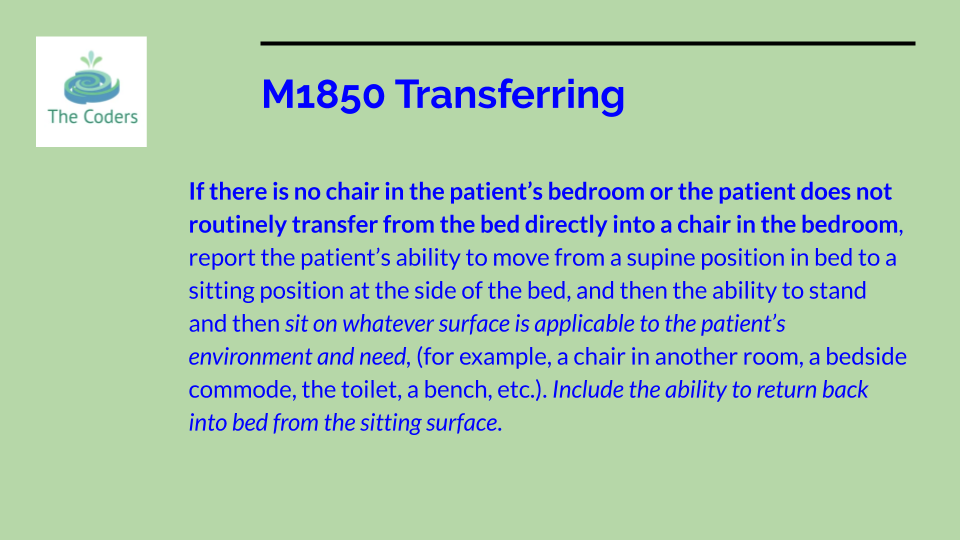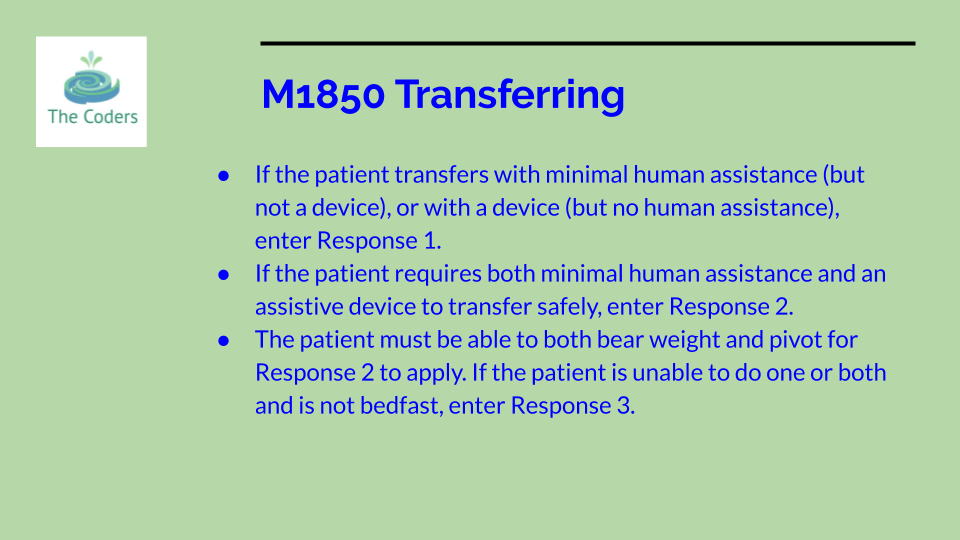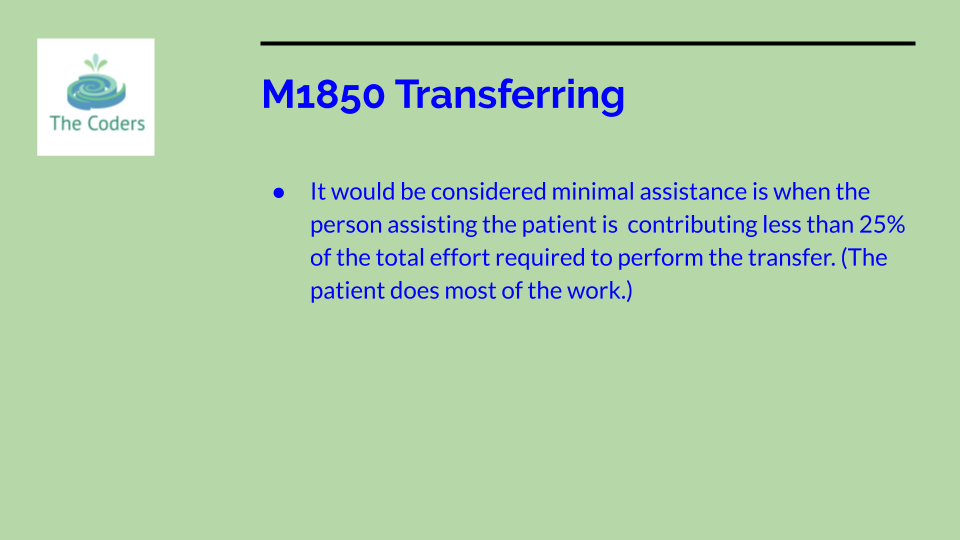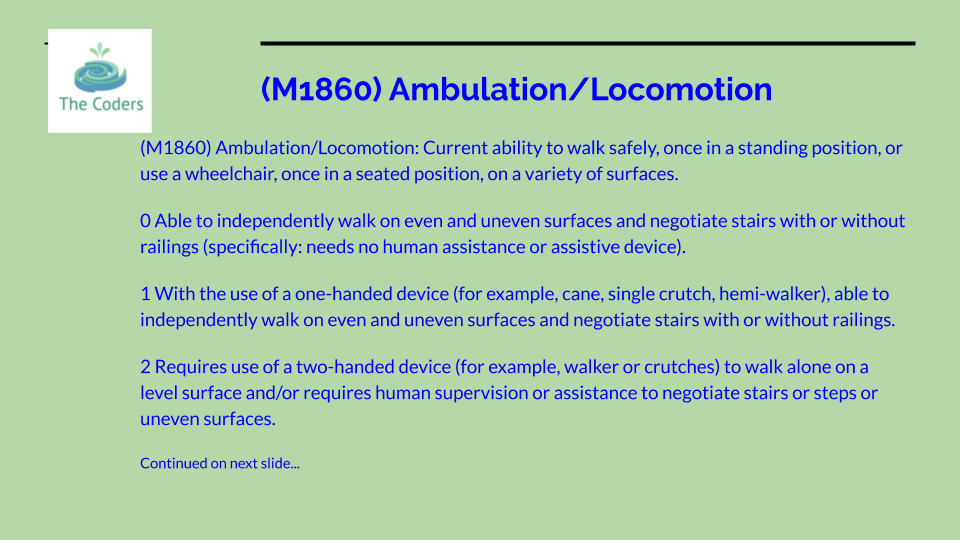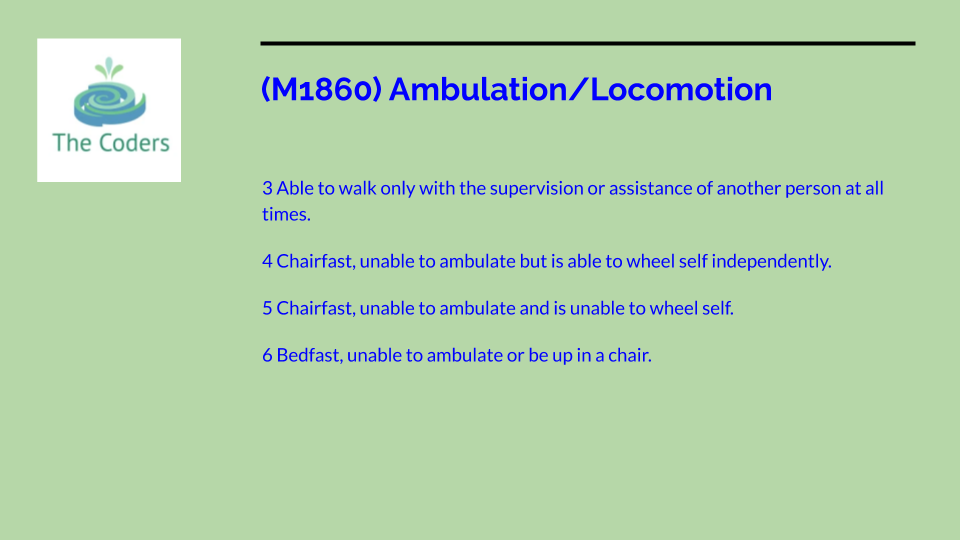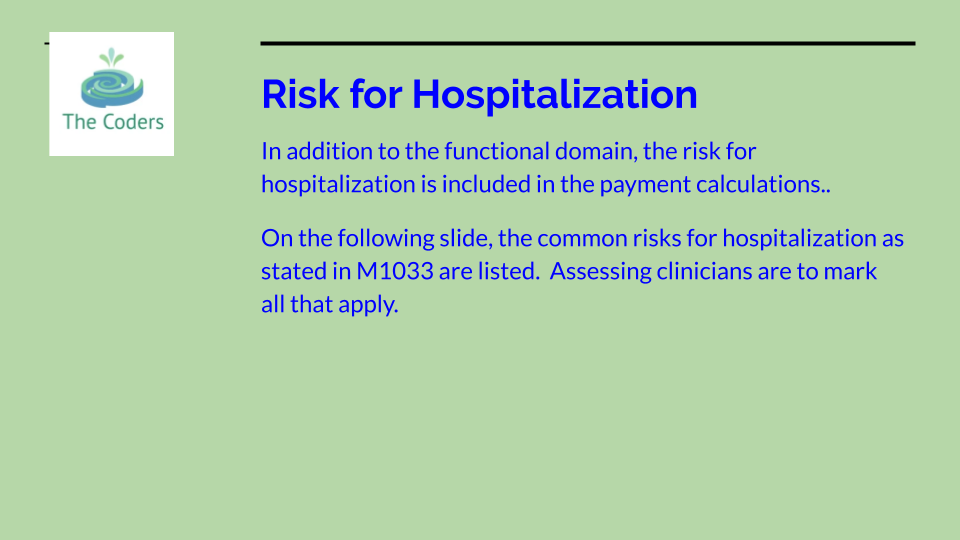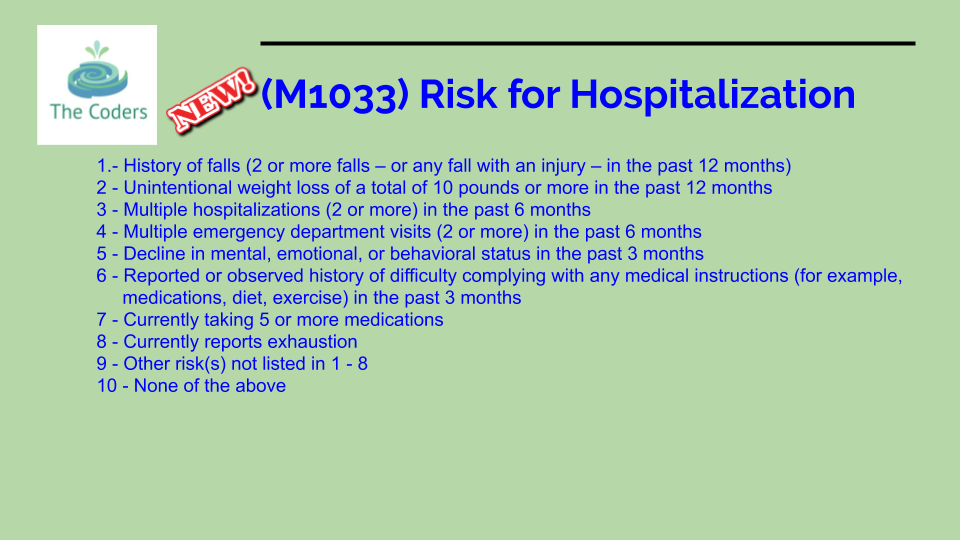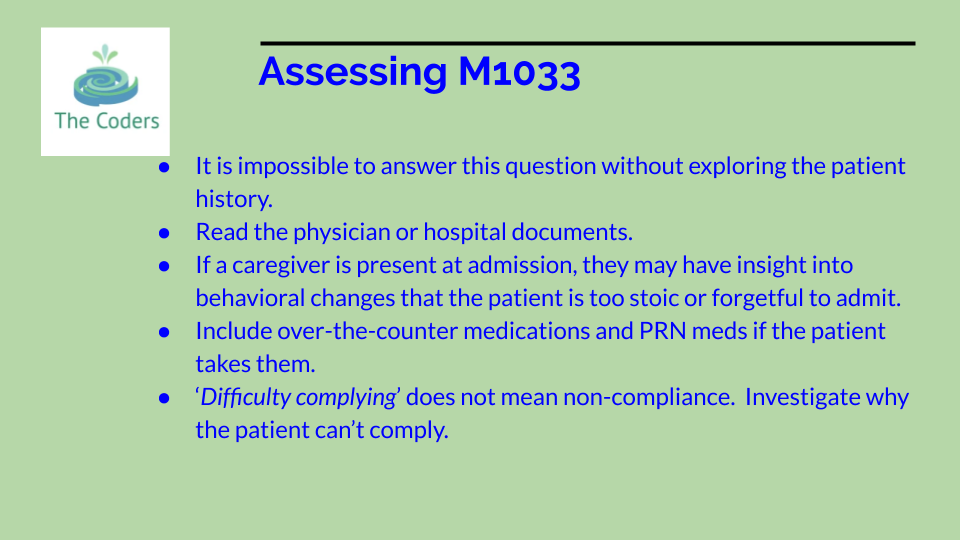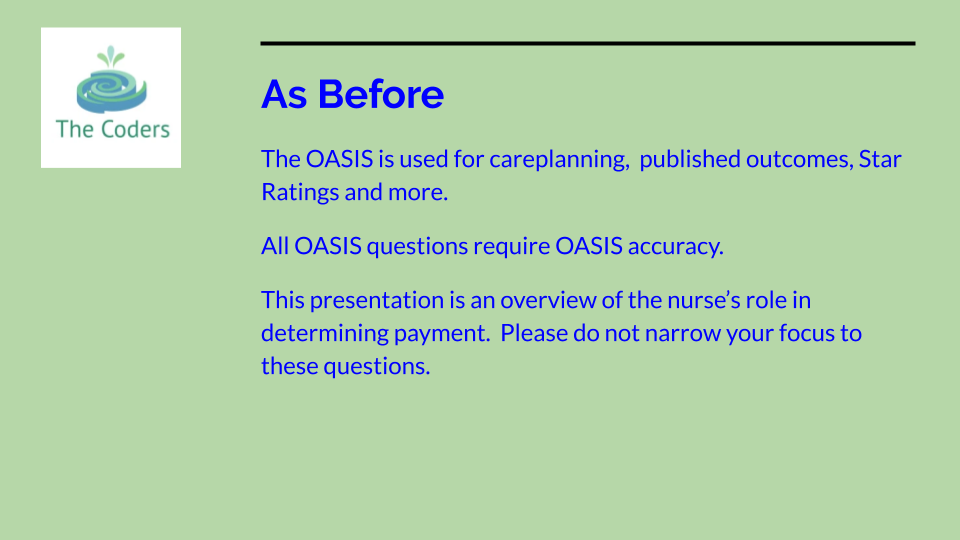The section of the 2018 Conditions of Participation pertaining to home health aides is lengthy and detailed and there are good reasons for that. It is common to read reports of elderly patients who are victimized by their in-home caregivers. Most of these reports concern Personal Care Services where an aide is in the home for hours each day. In 2012 report, the Office of the Inspector General called for stringent background checks and greater oversight of these programs. Since then, over 200 investigations have been opened to ferret out the fraudulent providers and their employees.
Expect that your home health aide services will be scrutinized during survey and should any irregularities be uncovered, it is not a stretch of the imagination to expect that other investigations may result if gross non-compliance or negligence is found. So, the real question is how do you comply to the letter with the home health aide conditions of participation and the standards that support them?
Here is the Condition and the supporting standards.
Condition §484.80:
All home health aide services must be provided by individuals who meet the personnel requirements specified in paragraph (a) of this section.
- 484.80(a) Standard: Home health aide qualifications.
(1) A qualified home health aide is a person who has successfully completed:
(i) A training and competency evaluation program as specified in paragraphs (b) and (c) respectively of this section; or
(ii) A competency evaluation program that meets the requirements of paragraph (c) of this section; or
(iii) A nurse aide training and competency evaluation program approved by the state as meeting the requirements of §483.151 through §483.154 of this chapter, and is currently listed in good standing on the state nurse aide registry; or
(iv) The requirements of a state licensure program that meets the provisions of paragraphs (b) and (c) of this section.
So there are four ways that an aide can be recognized as competent. Number 2, according to the Interpretative Guidelines ‘assumes that candidate has had training in the past that addresses all or some of the topics in paragraph (b) of this section. The competency test must address all requirements in 484.80 (c).
Be aware that some states have more stringent requirements for home health aide qualifications. When comparing federal and state requirements, the most stringent regulation is the one to which agencies will be held accountable.
(2) A home health aide or nurse aide is not considered to have completed a program, as specified in paragraph (a)(1) of this section, if, since the individual’s most recent completion of the program(s), there has been a continuous period of 24 consecutive months during which none of the services furnished by the individual as described in §409.40 of this chapter were for compensation. If there has been a 24-month lapse in furnishing services for compensation, the individual must complete another program, as specified in paragraph (a)(1) of this section, before providing services.
- 484.80(b) Standard: Content and duration of home health aide classroom and supervised practical training.
(1) Home health aide training must include classroom and supervised practical training in a practicum laboratory or other setting in which the trainee demonstrates knowledge while providing services to an individual under the direct supervision of a registered nurse, or a licensed practical nurse who is under the supervision of a registered nurse. Classroom and supervised practical training must total at least 75 hours.
(2) A minimum of 16 hours of classroom training must precede a minimum of l6 hours of supervised practical training as part of the 75 hours.
If you don’t provide a program for training, you will want something in writing that verifies that a training program followed these guidelines.
(3) A home health aide training program must address each of the following subject areas:
The following are paraphrased for brevity. Please check the official guidance before making any changes to your policies and procedures.
- Communication skills including reading, writing and verbal skills
- Observation, reporting and documentation of patient condition and services provided
- Reading and recording temperature, pulse and respiration
- Infection prevention and control
- Elements of body functioning and changes that must be reported to the supervisor
- Maintenance of a clean, safe and healthy environment
- Recognition of emergencies and knowing emergency procedures and their application
- Understanding physical, emotional and developmental needs of patient population and how to work to address those needs including need for respect, patient privacy and patient property
- Appropriate, safe techniques in performing personal hygiene and grooming tasks including:
- Bed bath
- Sponge, tub, and shower bath
- Hair shampooing in sink, tub and bed
- Nail and skin care
- Oral hygiene
- Safe transfers and ambulation
- Normal range of motion and positioning
- Adequate nutrition and fluid intake
- Recognition and reporting of changes in skin condition, including pressure ulcers
- Any other task that the Home Health Agency assigns as permitted under state law
- The HHA is responsible for training home health aides, as needed, for skills not covered in the basic checklist, as described in paragraph (b)(3)(ix) of this section.
The new components are:
- Communication, including the ability to read and write
- Recognizing and reporting changes in skin condition
- Ensuring that the aide is trained before doing anything for which competency has not been assessed; example shaving a male patient (or even female)
- 484.80(c) Standard: Competency evaluation.
An individual may furnish home health services on behalf of an HHA only after that individual has successfully completed a competency evaluation program as described in this section.
The competency consists of both oral and written examination.
- 484.80(c)(1) The competency evaluation must address each of the subjects listed in paragraph (b)(3) of this section. Subject areas specified under paragraphs (b)(3)(i), (b)(3)(iii), (b)(3)(ix), (b)(3)(x), and (b)(3)(xi) of this section must be evaluated by observing an aide’s performance of the task with a patient. The remaining subject areas may be evaluated through written examination, oral examination, or after observation of a home health aide with a patient. The following skills must be evaluated by observing the aide’s performance while carrying out the task with a patient.
For your convenience, those tasks which must be observed directly during patient care (Subject areas specified under paragraphs (b)(3)(i), (b)(3)(iii), (b)(3)(ix), (b)(3)(x), and (b)(3)(xi)) are:
- Communication skills including reading, writing and verbal skills
- Reading and recording temperature, pulse and respiration
- Appropriate and safe techniques in performing personal hygiene and grooming tasks that
- include
- (A) Bed bath;
- (B) Sponge, tub, and shower bath;
- (C) Hair shampooing in sink, tub, and bed;
- (D) Nail and skin care;
- (E) Oral hygiene;
- (F) Toileting and elimination;
- Safe transfer techniques and ambulation;
- Normal range of motion and positioning
These tasks must be observed in their entirety to verify competency of the home health aide. The use of mannequins or simulated activity is prohibited.
The Interpretative Guidelines state that the Competency for the remaining tasks may be demonstrated via written or verbal testing or during performance of the task.
(2) A home health aide competency evaluation program may be offered by any organization, except as specified in paragraph (f) of this section.
To comply with this standard, you must also know what paragraph (f) says. For your convenience, it is stated almost verbatim below:
(f) Standard: Eligible training and competency evaluation organizations.
A home health aide training program and competency evaluation program may be offered by any organization except by an HHA that, within the previous 2 years:
(1) Was out of compliance with the requirements of paragraphs (b), (c), (d), or (e) of this section; (these are the standards and guidance about training, qualifications of the trainers and inservice training).
(2) Permitted an individual who does not meet the definition of a “qualified home health aide” as specified in paragraph (a) of this section to furnish home health aide services (with the exception of licensed health professionals and volunteers); or
(3) Was subjected to an extended (or partially extended) survey as a result of having been found to have furnished substandard care (or for other reasons as determined by CMS or the state); or
(4) Was assessed a civil monetary penalty of $5,000 or more as an intermediate sanction; or
(5) Was found to have compliance deficiencies that endangered the health and safety of the HHA’s patients, and had temporary management appointed to oversee the management of the HHA; or
(6) Had all or part of its Medicare payments suspended; or
(7) Was found under any federal or state law to have:
- Had its participation in the Medicare program terminated; or
- (ii) Been assessed a penalty of $5,000 or more for deficiencies in federal or state standards for HHAs; or
- (iii) Been subjected to a suspension of Medicare payments to which it otherwise would have been entitled; or
- (iv) Operated under temporary management that was appointed to oversee the operation of the HHA and to ensure the health and safety of the HHA’s patients; or
- (v) Been closed, or had its patients transferred by the state; or
- (vi) Been excluded from participating in federal health care programs or debarred from participating in any government program.
(3) The competency evaluation must be performed by a registered nurse in consultation with other skilled professionals, as appropriate.
Although other professionals such as therapists may assist in the competency evaluation of an aide, the ultimate responsibility defaults to the Registered Nurse.
(4) A home health aide is not considered competent in any task for which he or she is evaluated as unsatisfactory. An aide must not perform that task without direct supervision by a registered nurse until after he or she has received training in the task for which he or she was evaluated as “unsatisfactory,” and has successfully completed a subsequent evaluation. A home health aide is not considered to have successfully passed a competency evaluation if the aide has an “unsatisfactory” rating in more than one of the required areas.
(5) The HHA must maintain documentation which demonstrates that the requirements of this standard have been met.
According to the Interpretative guidelines, documentation would include:
- A description of the competency evaluation program, including the qualifications of the instructors;
- Documentation that confirms that competency was determined by direct observation and the results of those observations.
- Documentation that distinguishes between skills evaluated during patient care, and those taught in a laboratory, i.e. using a volunteer or combination of evaluation techniques including direct observation of patient care, skills lab demonstration, written and oral examinations.
- How additional skills (beyond the basic skills listed in the regulation) are taught and tested if the admission policies and case-mix of HHA patients require aides to assist medically complex patients.
Question: How many agencies have a ‘competency evaluation program’?
(d) Standard: In-service training.
A home health aide must receive at least l2 hours of in-service training during each 12-month period. In service training may occur while an aide is furnishing care to a patient. Notice that the standard does not mandate one hour each month.
(1) In-service training may be offered by any organization and must be supervised by a registered nurse.
According to the Interpretative Guidelines, RN supervision means RN approval of the content and attendance at the presentation to ensure that the material is appropriate and consistent with the agency’s policies and procedures.
(2) The HHA must maintain documentation that demonstrates the requirements of this
standard have been met.
(e) Standard: Qualifications for instructors conducting classroom and supervised practical training.
Classroom and supervised practical training must be performed by a registered nurse who possesses a minimum of 2 years nursing experience, at least 1 year of which must be in home health care, or by other individuals under the general supervision of the registered nurse.
The Interpretative Guidelines list ‘others’ as follows:
- Physical therapists;
- Occupational therapists;
- Speech and language pathologists;
- Medical social workers,
- LPN/LVNs; and
- Nutritionists
The next standard is §484.80(f) Eligible training and competency evaluation organizations. This standard was referenced above and the content was moved up so you wouldn’t be waiting with baited breath to find out who was and was not able to train and evaluate the competency of aides.
- 484.80(g) Standard: Home health aide assignments and duties.
(l) Home health aides are assigned to a specific patient by a registered nurse or other appropriate skilled professional, with written patient care instructions for a home health aide prepared by that registered nurse or other appropriate skilled professional (that is, physical therapist, speech-language pathologist, or occupational therapist).
Patients are assigned a specific home health aide by design by considers the skills of the aide and, when possible, the preferences of the patient. A nurse generally identifies the need for home health need services, but a therapist may determine a need for home health aide services in therapy only cases. In therapy-only cases the therapist may create the plan of care for the home health aide and perform the supervisory visits.
(2) A home health aide provides services that are:
(i) Ordered by the physician;
(ii) Included in the plan of care;
(iii) Permitted to be performed under state law; and
(iv) Consistent with the home health aide training.
(3) The duties of a home health aide include:
(i) The provision of hands on personal care;
(ii) The performance of simple procedures as an extension of therapy or nursing services;
(iii) Assistance in ambulation or exercises; and
(iv) Assistance in administering medications ordinarily self-administered
The Interpretative Guidelines state (at this time) that Assistance in administering medications in this requirement means that the HH Aide may take only a passive role in this activity. This assistance is limited to getting water or fluids for the patient to take their medication.
(4) Home health aides must be members of the interdisciplinary team, must report changes in the patient’s condition to a registered nurse or other appropriate skilled professional, and must complete appropriate records in compliance with the HHA’s policies and procedures.
When an aide is assigned to a patient, it is likely they know a lot about the patient. Much of this information is not written down due to the formatting of the home health aide documentation tools in your software or the hard copy notes. Furthermore, home health aides may have limited ability to communicate in writing. Although they must have the skills to document vital signs, etc., expressing a complex thought in writing is often difficult. Nurses and therapists should speak often with the home health aides caring for their patients and encourage an open line of communication. And, home health aides should always be present at team conferences.
- 484.80(h) Standard: Supervision of home health aides.
- If home health aide services are provided to a patient who is receiving skilled nursing, physical or occupational therapy, or speech-language pathology services, a registered nurse or other appropriate skilled professional who is familiar with the patient, the patient’s plan of care, and the written patient care instructions described in §484.80(g), must make an onsite visit to the patient’s home no less frequently than every 14 days. The home health aide does not have to be present during this visit.
- If an area of concern in aide services is noted by the supervising registered nurse or other appropriate skilled professional, then the supervising individual must make an on-site visit to the location where the patient is receiving care in order to observe and assess the aide while he or she is performing care.
- A registered nurse or other appropriate skilled professional must make an annual onsite visit to the location where a patient is receiving care in order to observe and assess each aide while he or she is performing care.
This is new. It can be condensed as saying that if a problem is found during a supervisory visit, the supervising nurse must return when the aide is performing services to assess the situation.
In the absence of any problems where the supervising nurse accompanies the aide to the house, an onsite visit must be made annually. Neither the CoP’s or the Interpretative Guidelines specify whether this is per patient or per home health aide. An annual onsite visit with each aide is a good idea and can be combined with competency testing should you keep no patients on service longer than one year.
(2) If home health aide services are provided to a patient who is not receiving skilled nursing care, physical or occupational therapy, or speech-language pathology services, the registered nurse must make an on-site visit to the location where the patient is receiving care no less frequently than every 60 days in order to observe and assess each aide while he or she is performing care.
(3) If a deficiency in aide services is verified by the registered nurse or other appropriate skilled professional during an on-site visit, then the agency must conduct, and the home health aide must complete a competency evaluation in accordance with paragraph (c) of this section.
(4) Home health aide supervision must ensure that aides furnish care in a safe and effective manner, including, but not limited to, the following elements:
Following the patient’s plan of care for completion of tasks assigned to a home health aide by the registered nurse or other appropriate skilled professional;
- Maintaining an open communication process with the patient, representative (if any), caregivers, and family;
- Demonstrating competency with assigned tasks;
- Complying with infection prevention and control policies and procedures;
- Reporting changes in the patient’s condition; and
- Honoring patient rights.
This is considerably different from the check off boxes used in most forms that document that the aide is dressed appropriately and shows up on time. The person making the supervisory visit is expected to document how these elements were evaluated. During the routine supervisory visits without the aide present, the six factors listed above must be evaluated. When the aide is present for the visit, only one through four are documented.
The Interpretative Guidelines further describe ‘maintaining an open communication’ process. The aide should be able to explain what he or she is doing to the patient, ask the patient open ended questions, seek feedback from the patient and representative (if any), caregivers and family.
(5) If the home health agency chooses to provide home health aide services under arrangements, as defined in §1861(w)(1) of the Act, the HHA’s responsibilities also include, but are not limited to:
- Ensuring the overall quality of care provided by an aide;
- Supervising aide services as described in paragraphs (h)(l) and (2) of this section; and
- Ensuring that home health aides who provide services under arrangement have met the training or competency evaluation requirements, or both, of this part.
This standard does not apply to most of you but if you only have sporadic needs for aide services, it might be a future consideration. Alternatively, if you have a large agency, it may be an idea to offer aide services under arrangement to smaller agencies.
484.80(i) Standard: Individuals furnishing Medicaid personal care aide-only services under a Medicaid personal care benefit.
An individual may furnish personal care services, as defined in §440.167 of this chapter, on behalf of an HHA. Before the individual may furnish personal care services, the individual must meet all qualification standards established by the state. The individual only needs to demonstrate competency in the services the individual is required to furnish.
That’s it, folks and it is more than enough. Medicare has raised the bar for home health aide services and your aide services will be at risk unless you raise the bar in your agency.
I wish the changes were not so lengthy and I wish they were more interesting, but they are important. Read them. Call us for help, if needed. If you step up to the plate, your patient care will improve.

